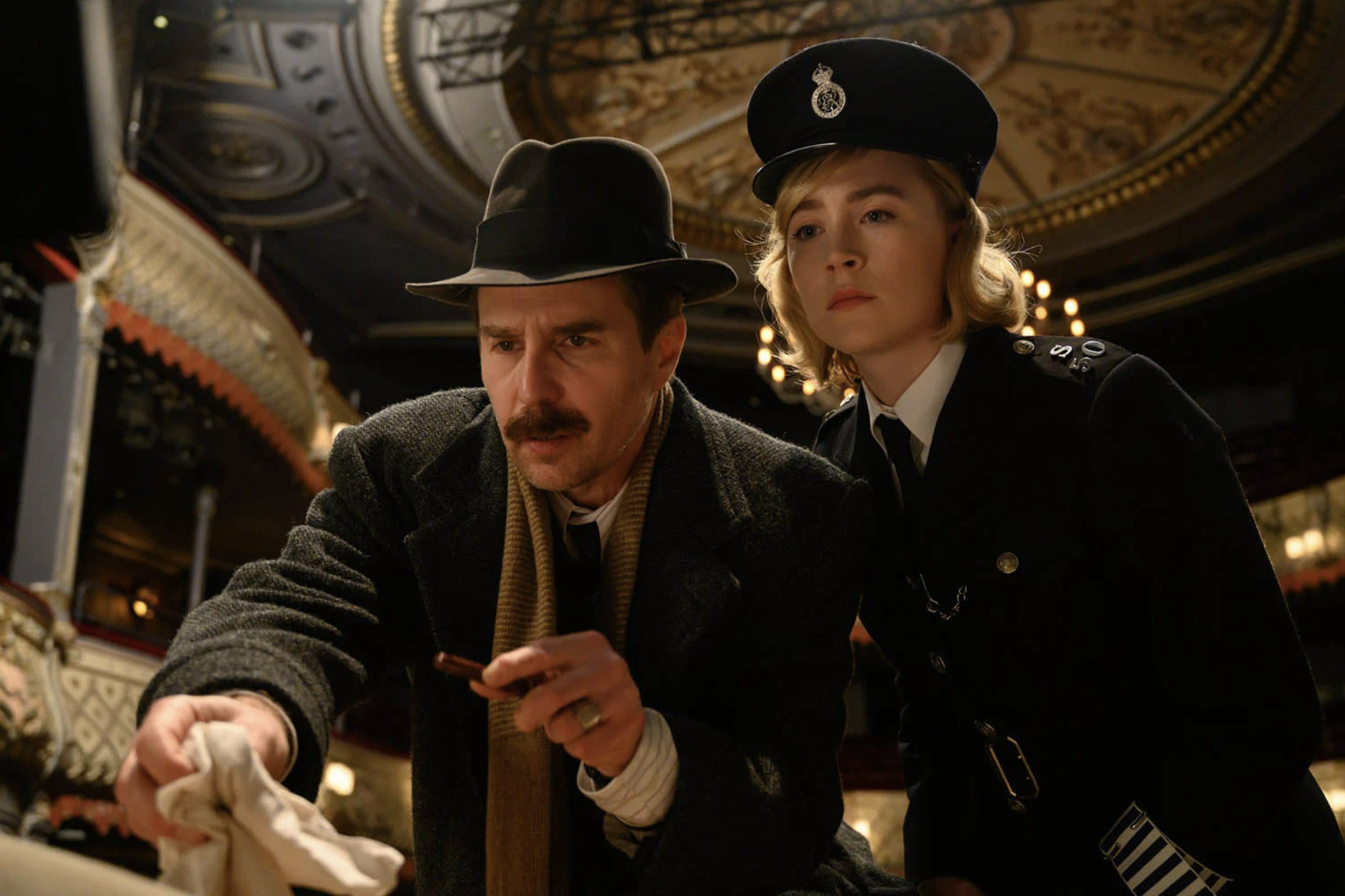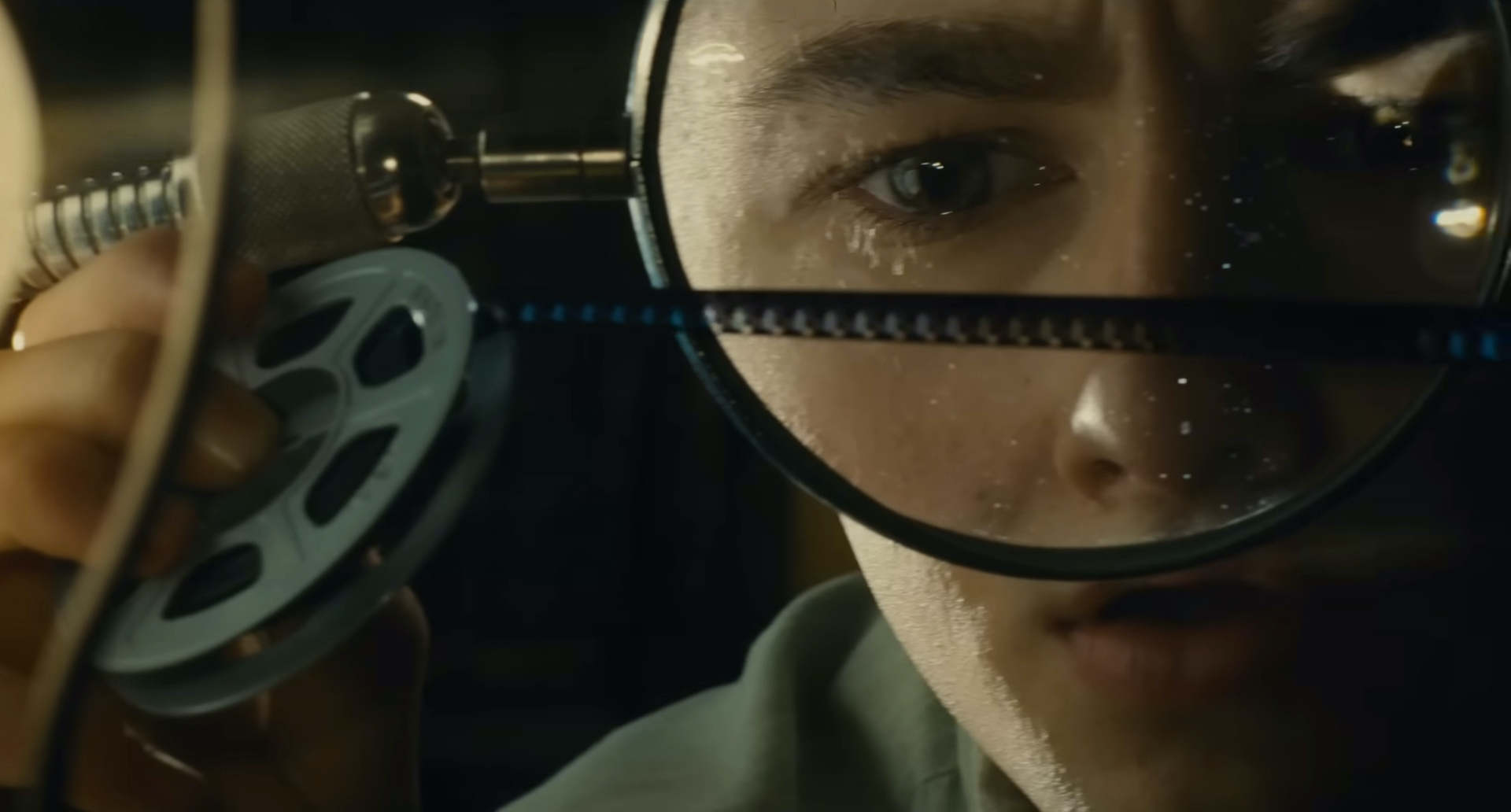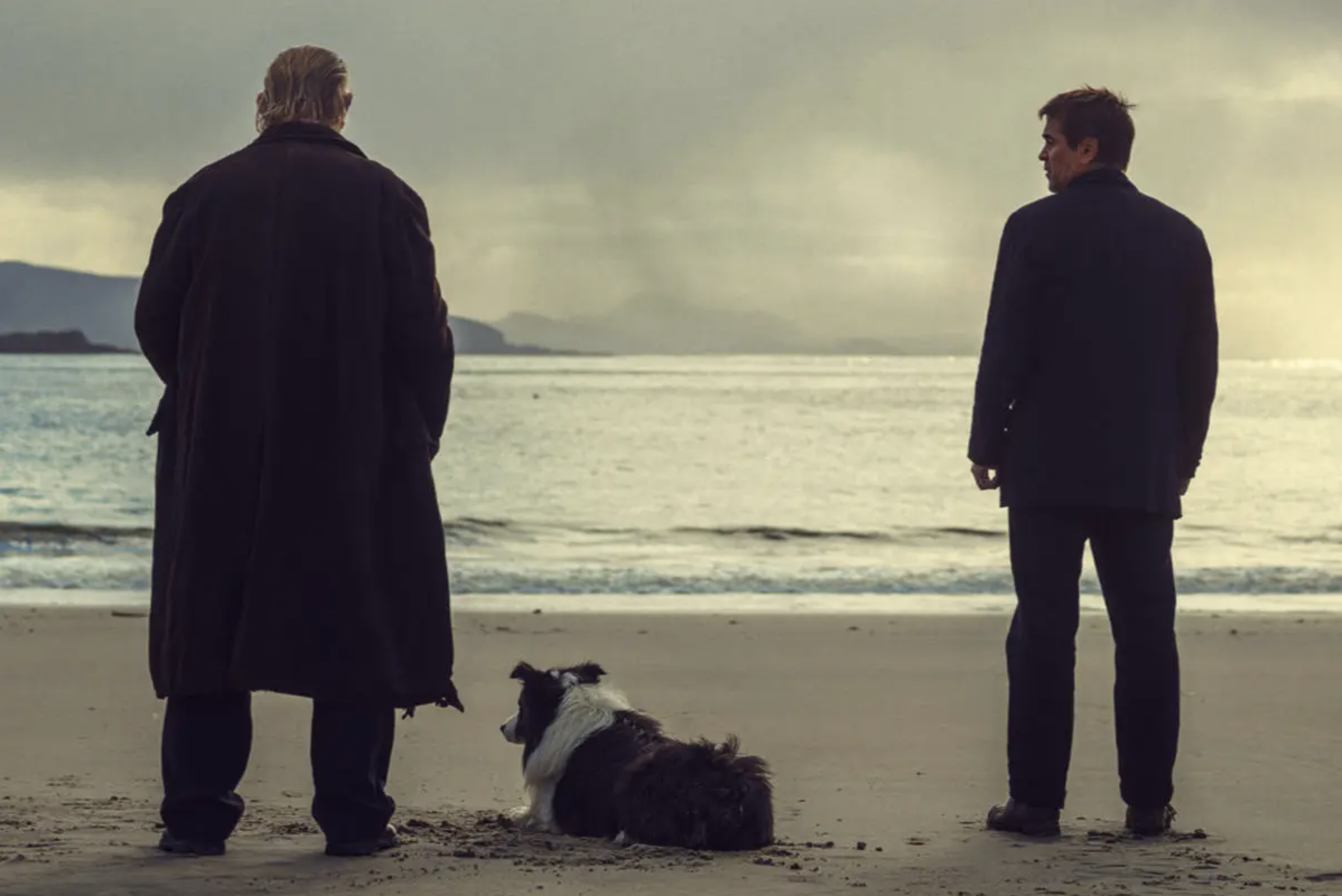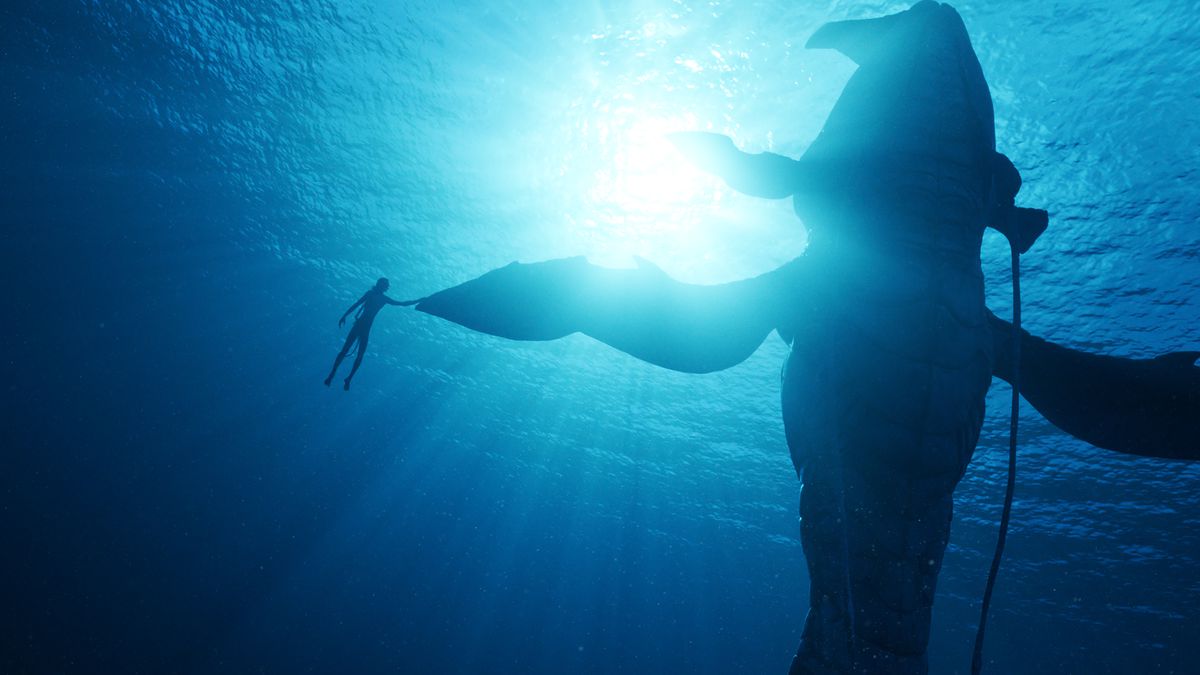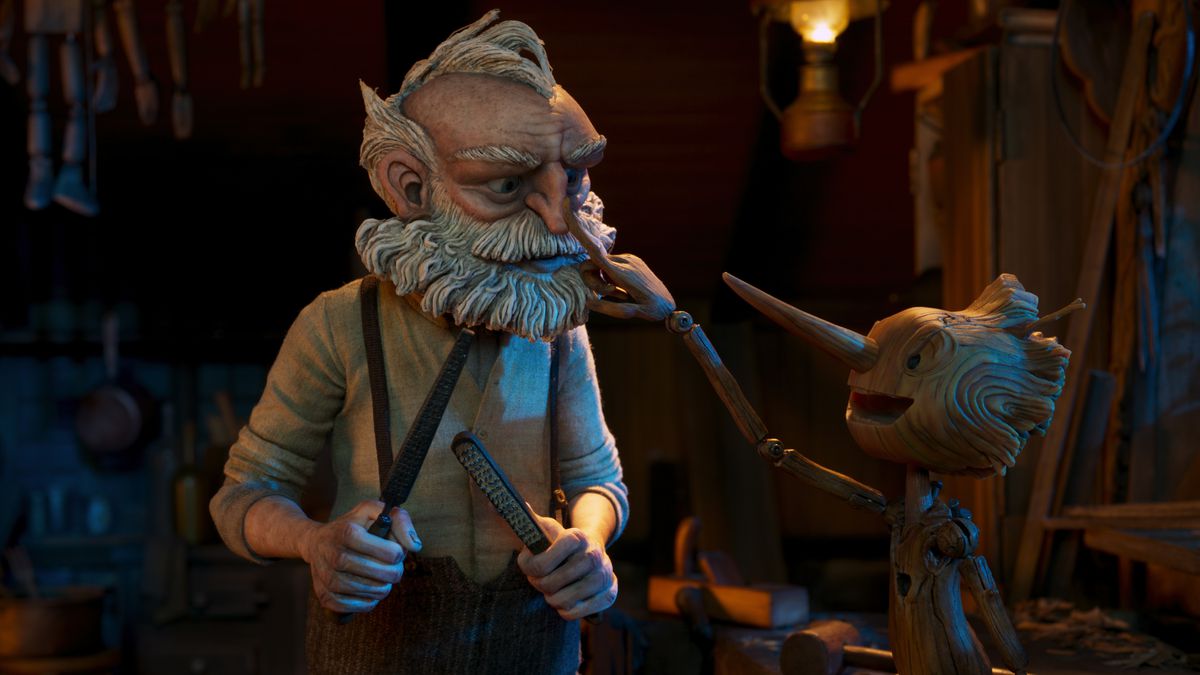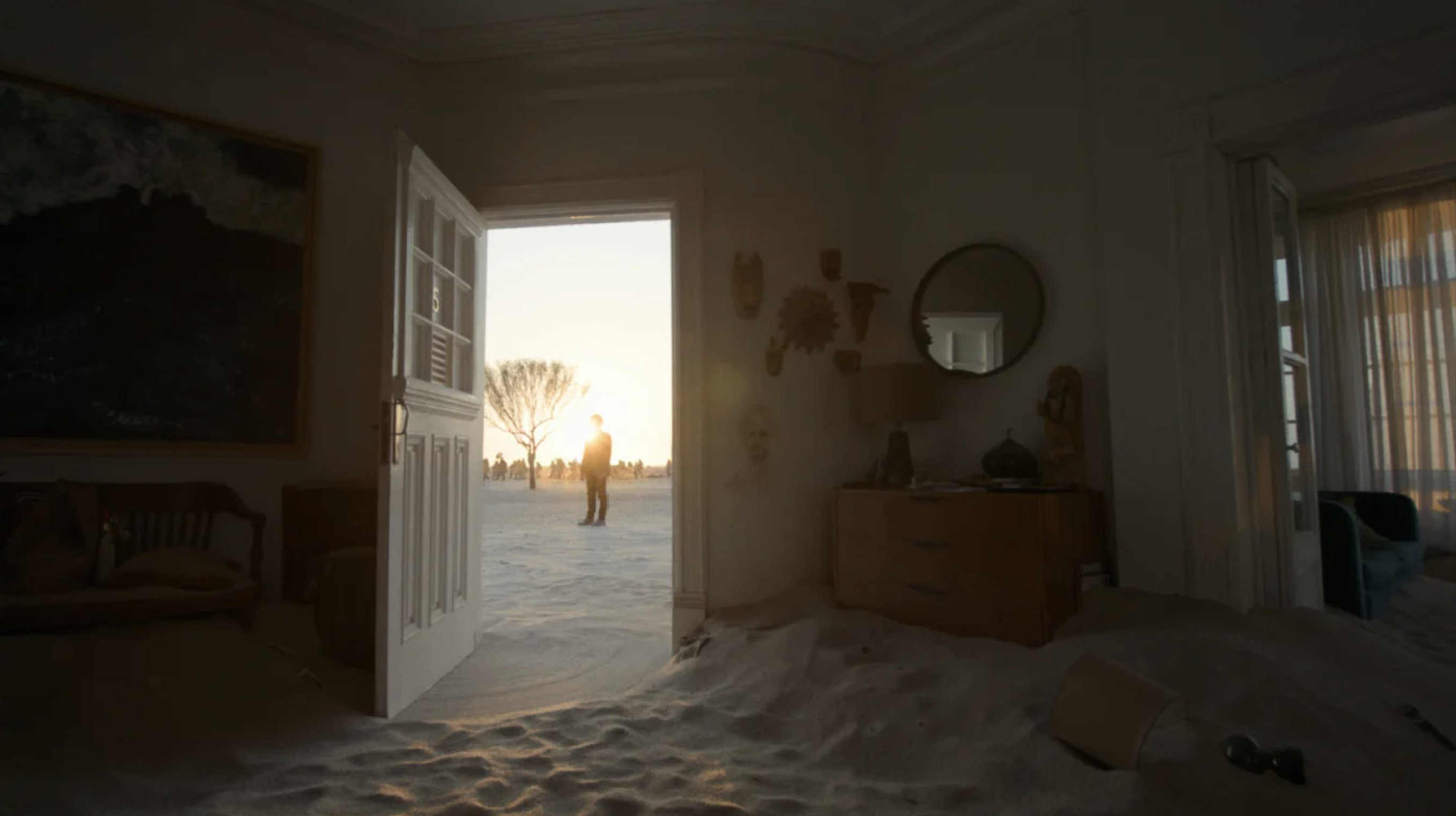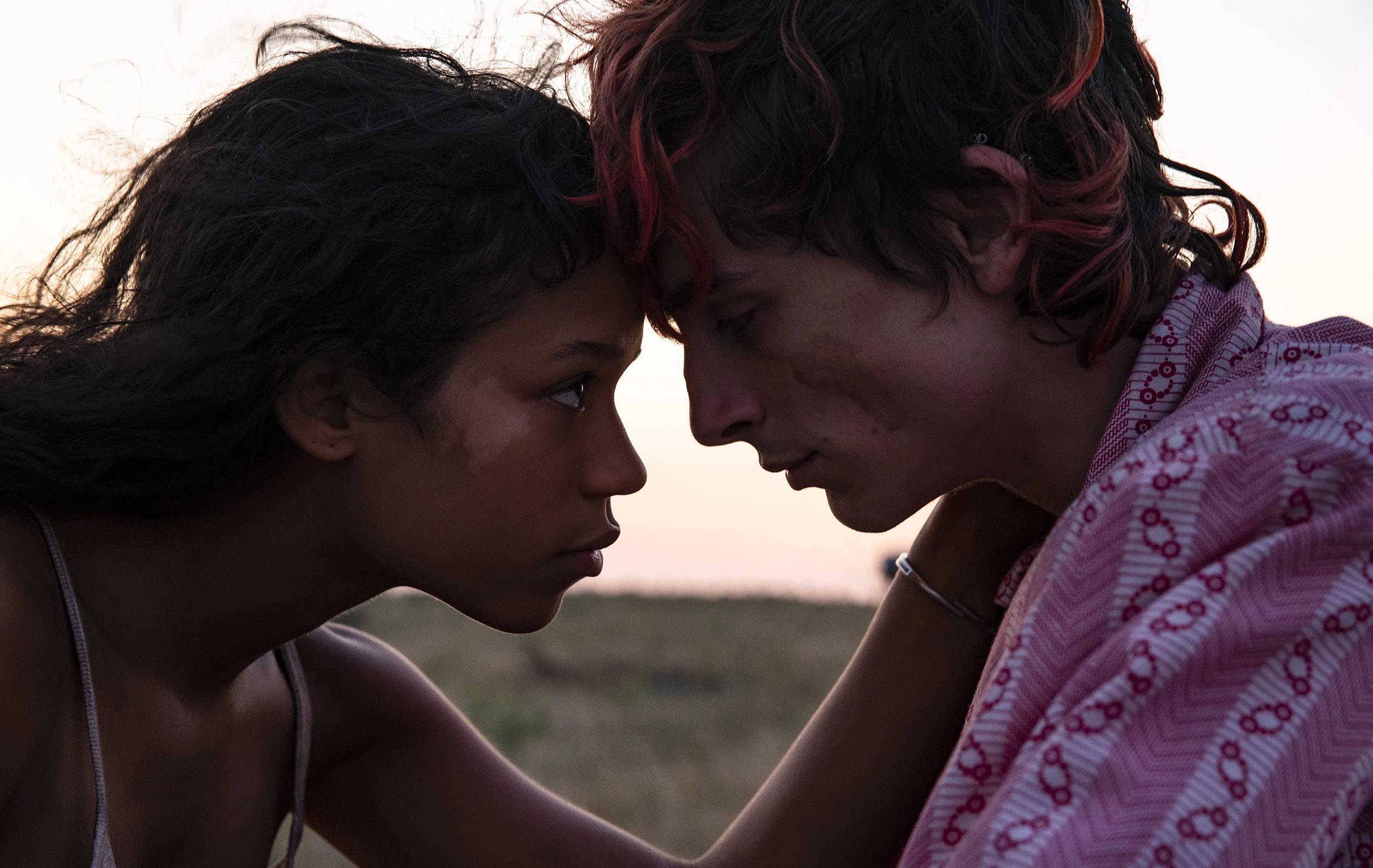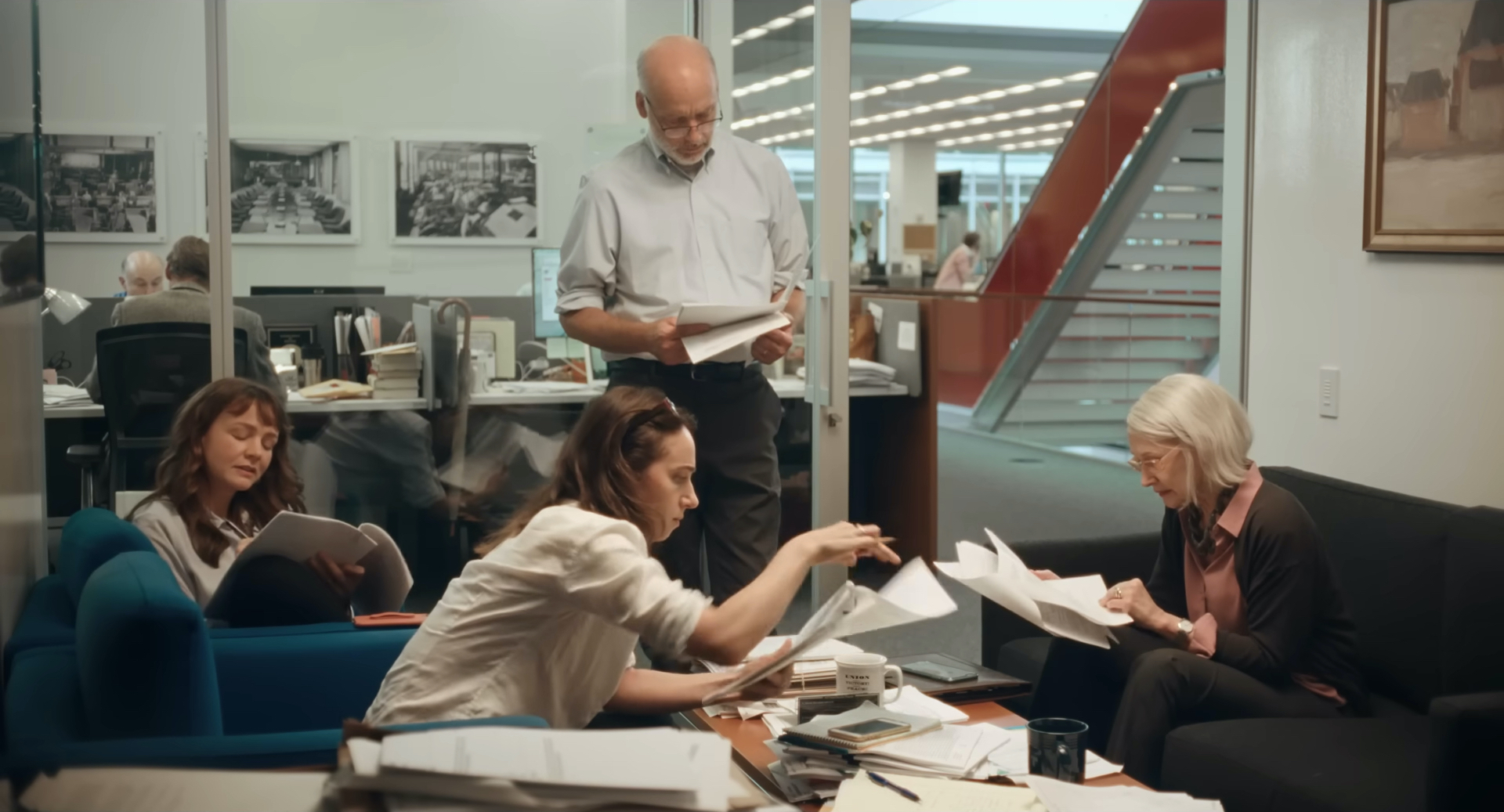See How They Run (2022)
There are whodunits which may be more sophisticated in their construction, but See How They Run still makes for a visually adventurous and hilariously fun meta-study of the genre, borrowing a great deal from Wes Anderson’s stylistic repertoire to break down and assemble its conventions into a sharply witty mystery set in 1950s London.

